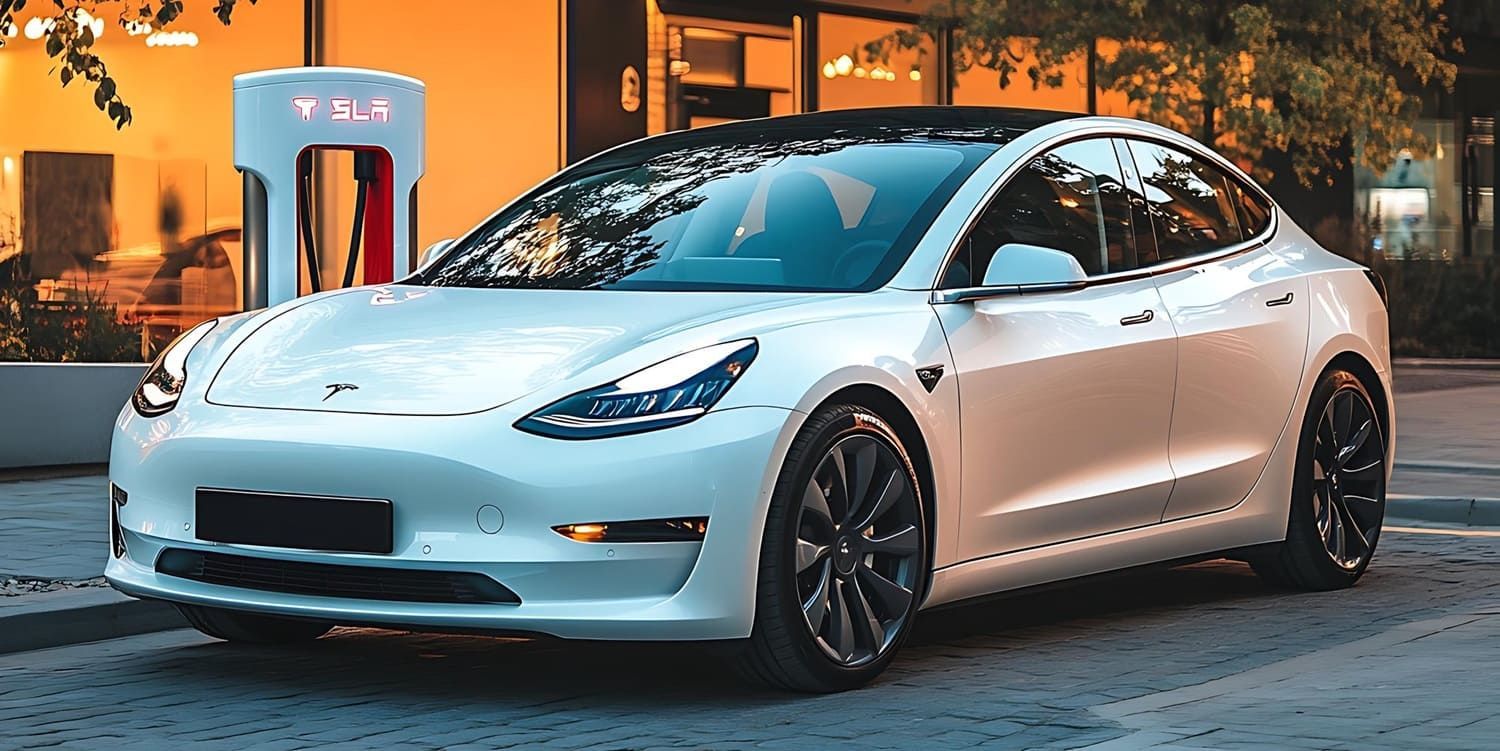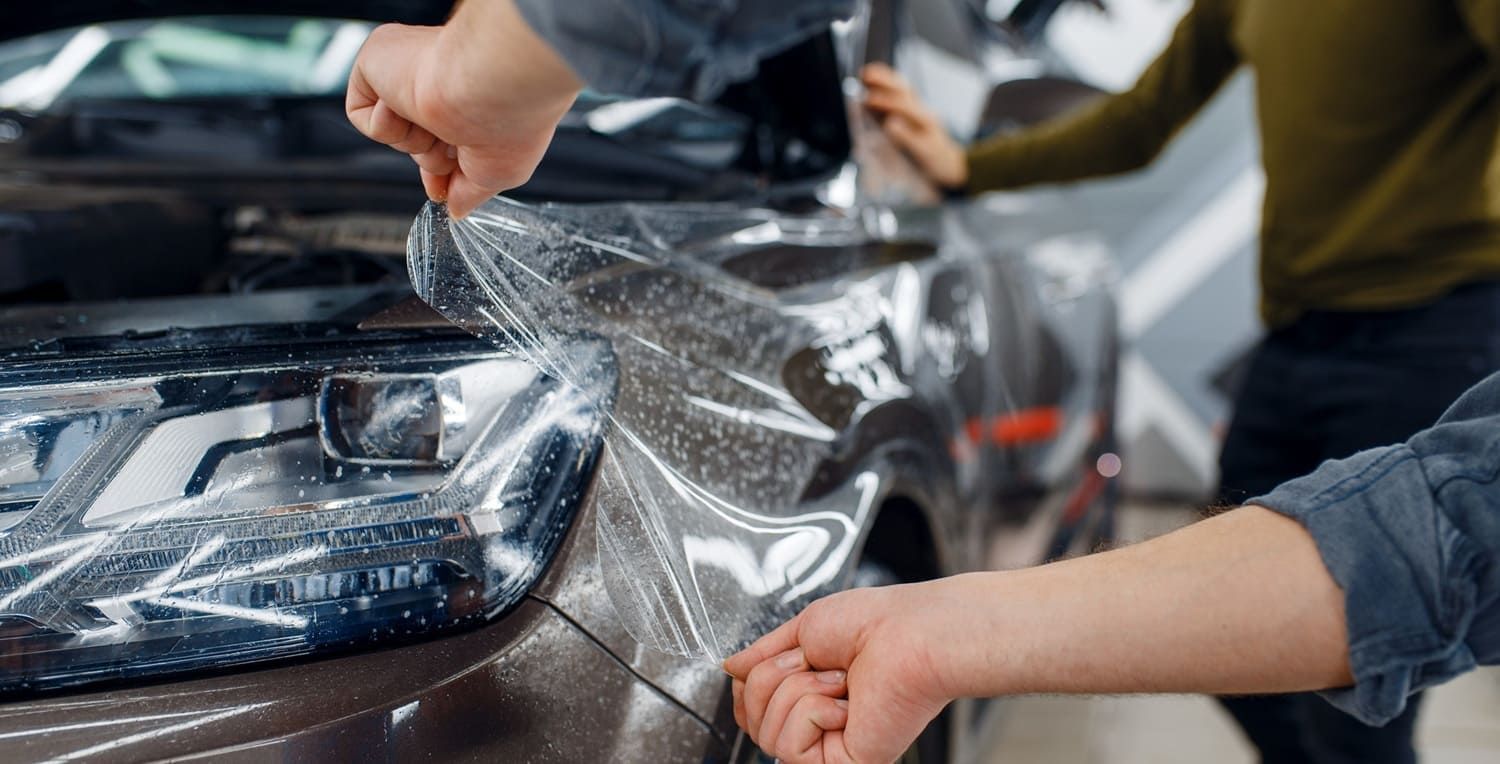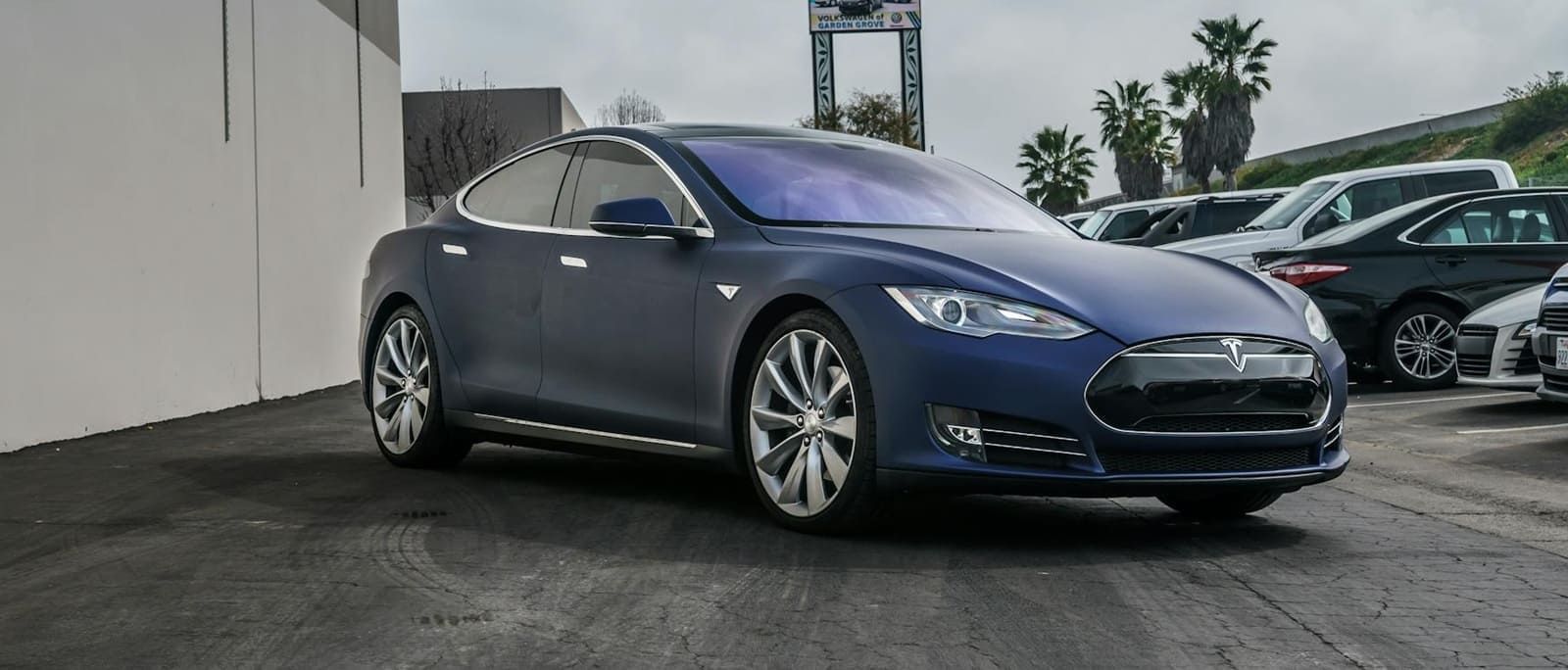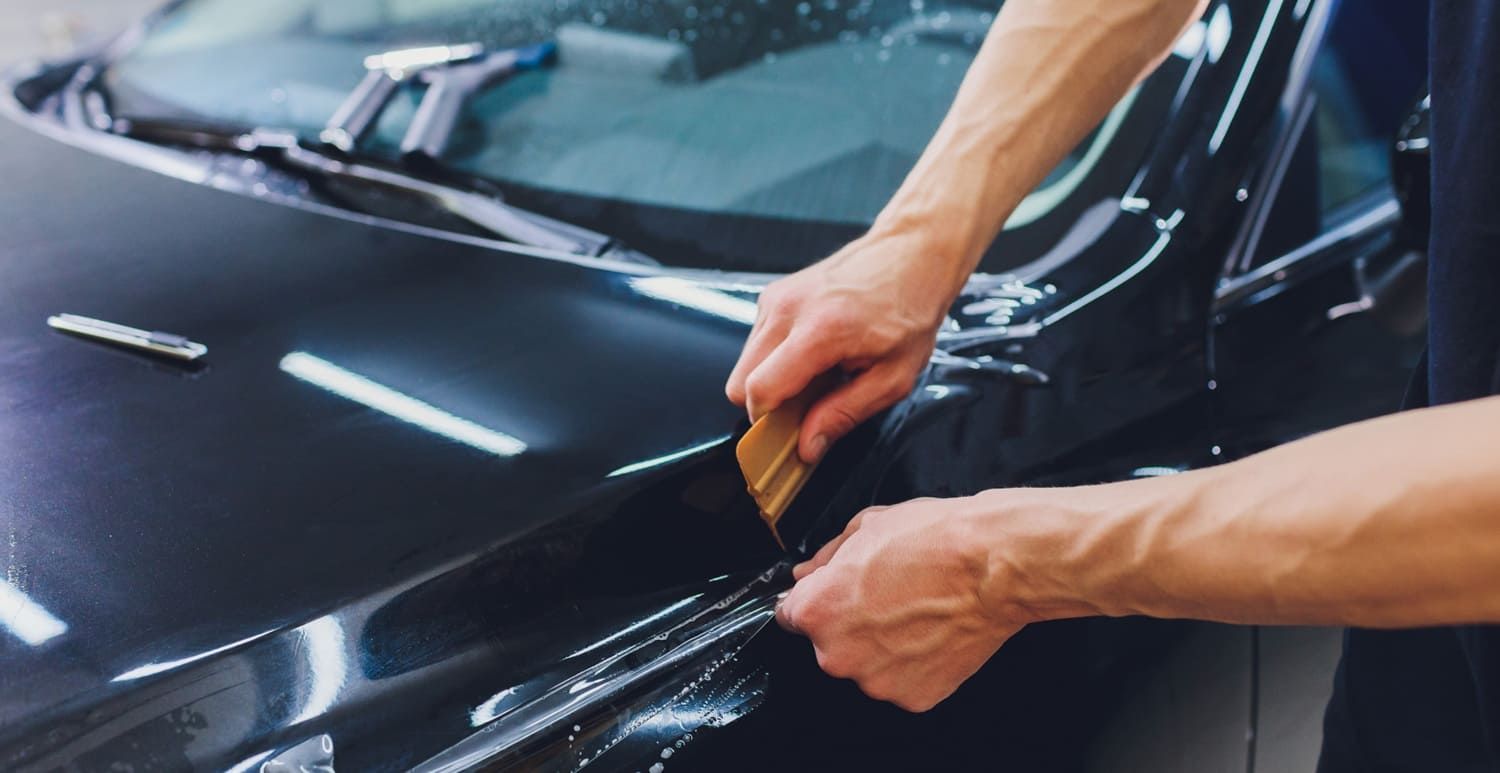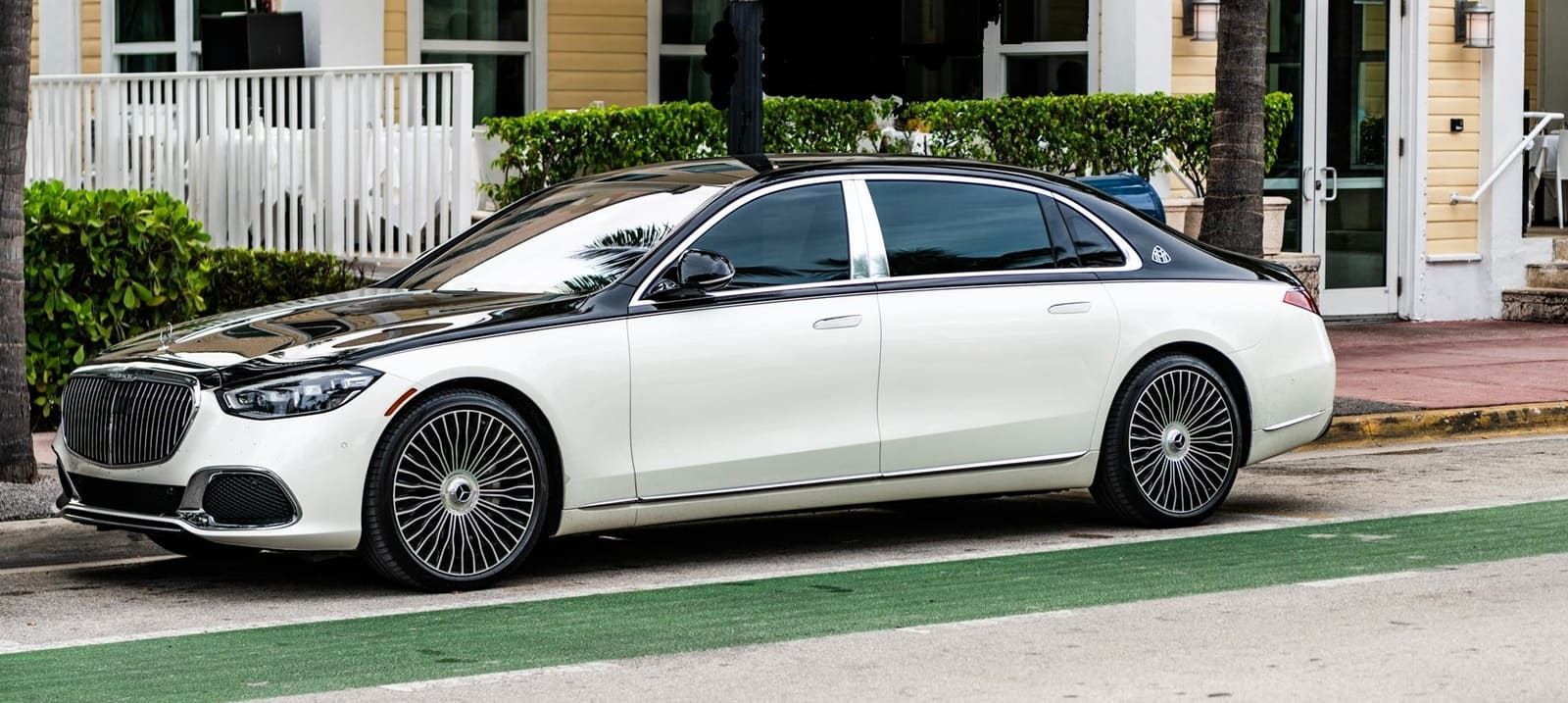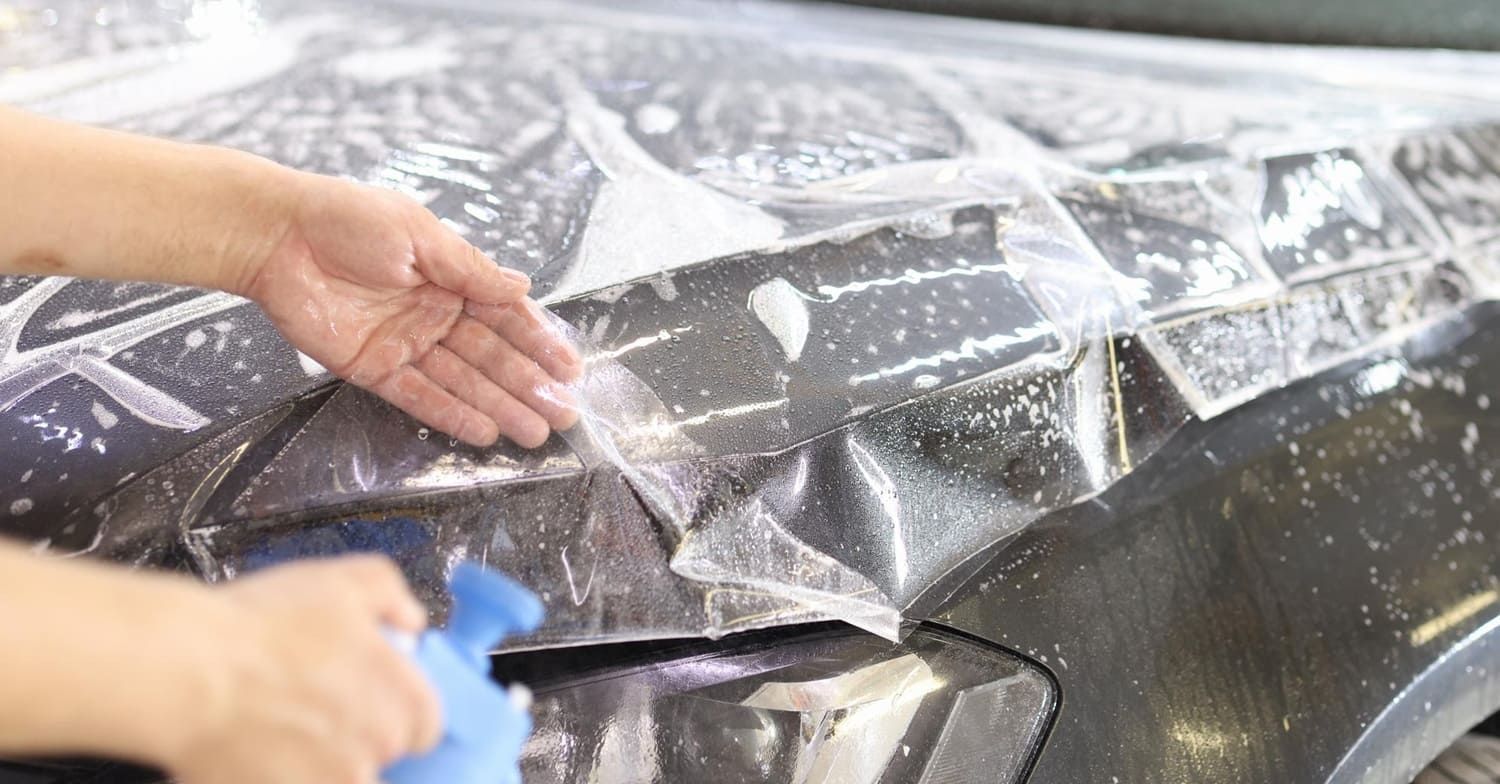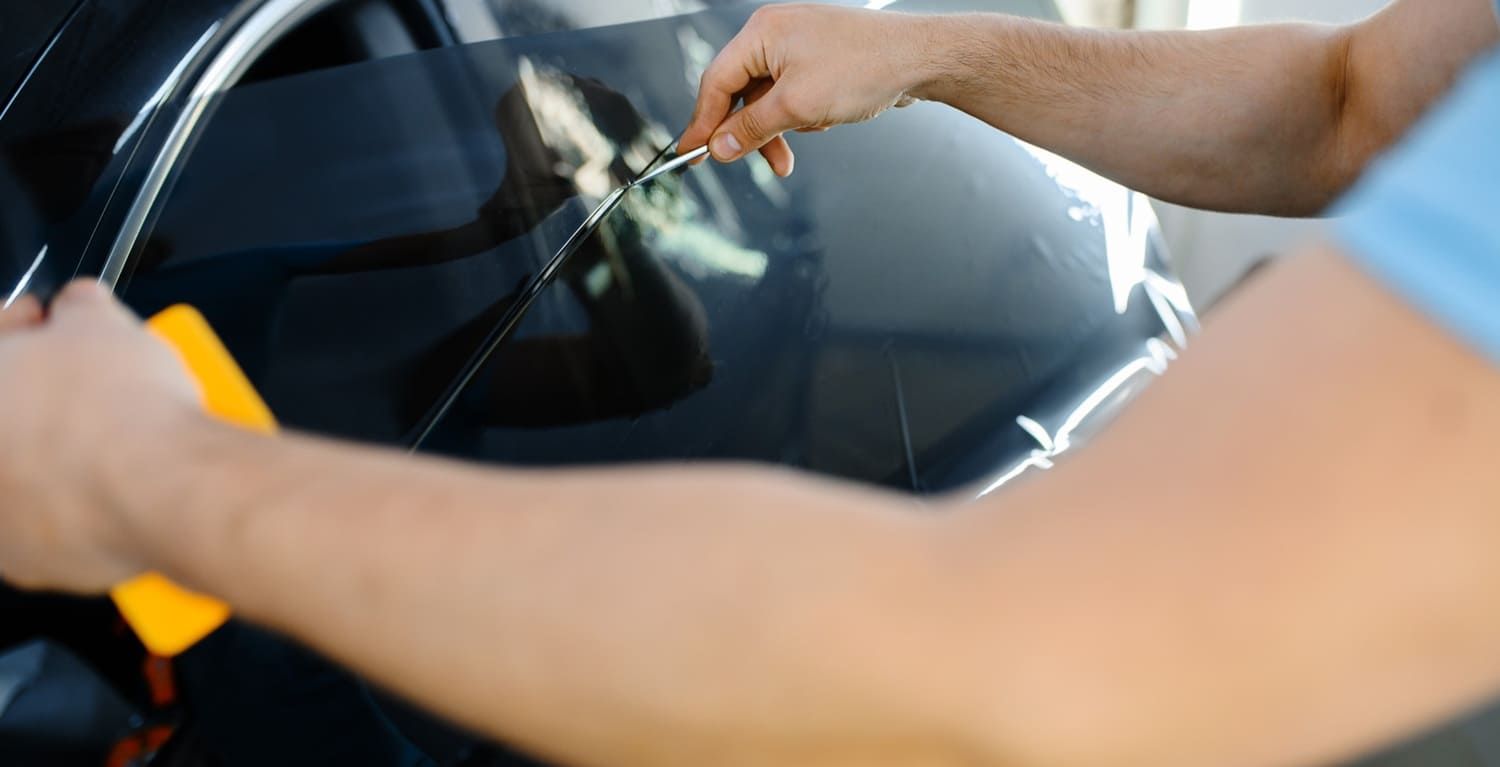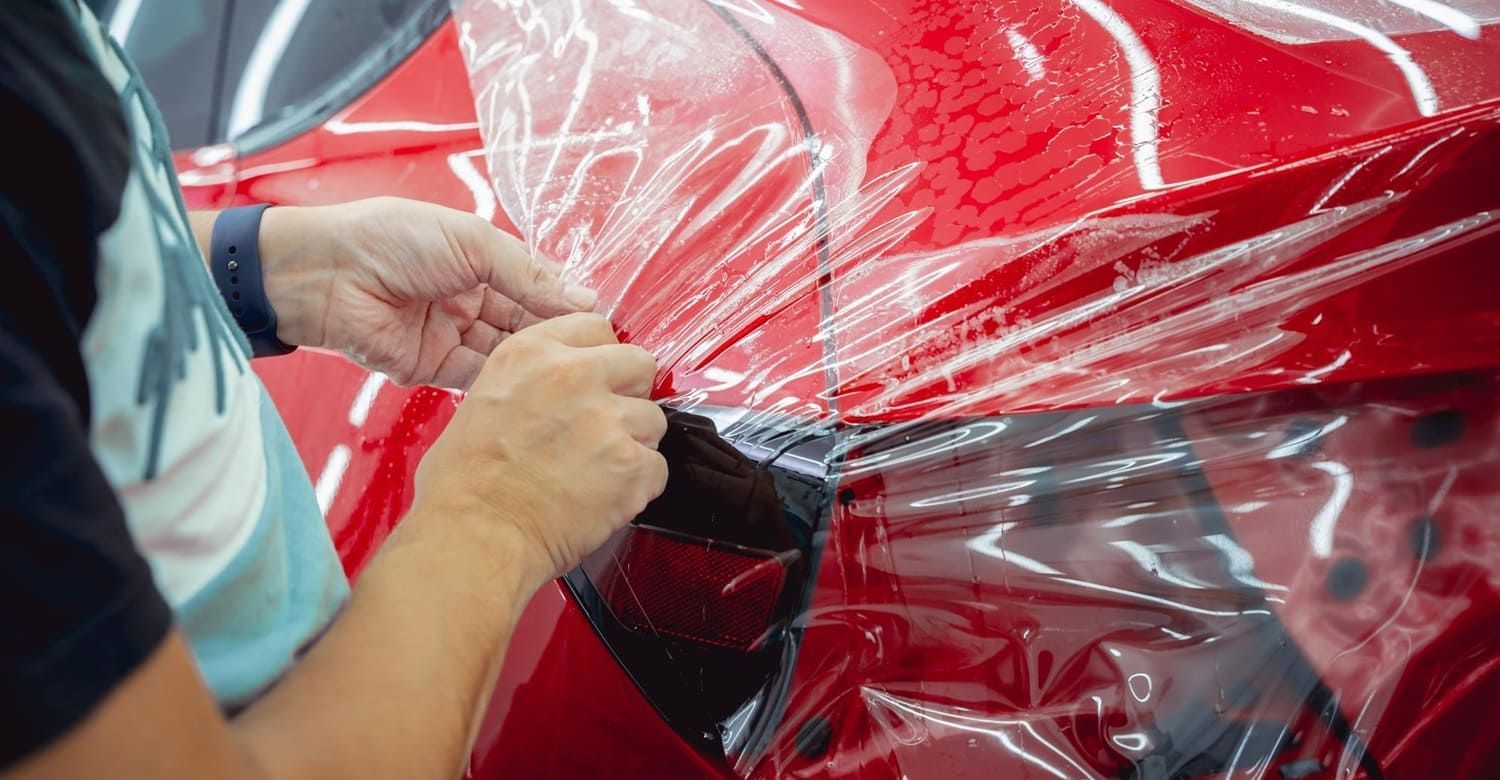Tesla Window Tinting Laws: What Every Owner Should Check
When it comes to customizing your Tesla, window tinting is a popular choice that offers both aesthetic and practical benefits. Not only can the right tint enhance the sleek, modern look of your Tesla, but it also provides privacy and protection from harmful UV rays. However, before you dive into the world of window tints, it's crucial to understand the legal regulations surrounding them. Navigating these laws is essential to ensure that your vehicle remains both stylish and compliant. In this article, we will explore the essential window tinting laws every Tesla owner should know, with a particular focus on the nuances of car window tint laws in Florida and general window tint regulations across the United States.
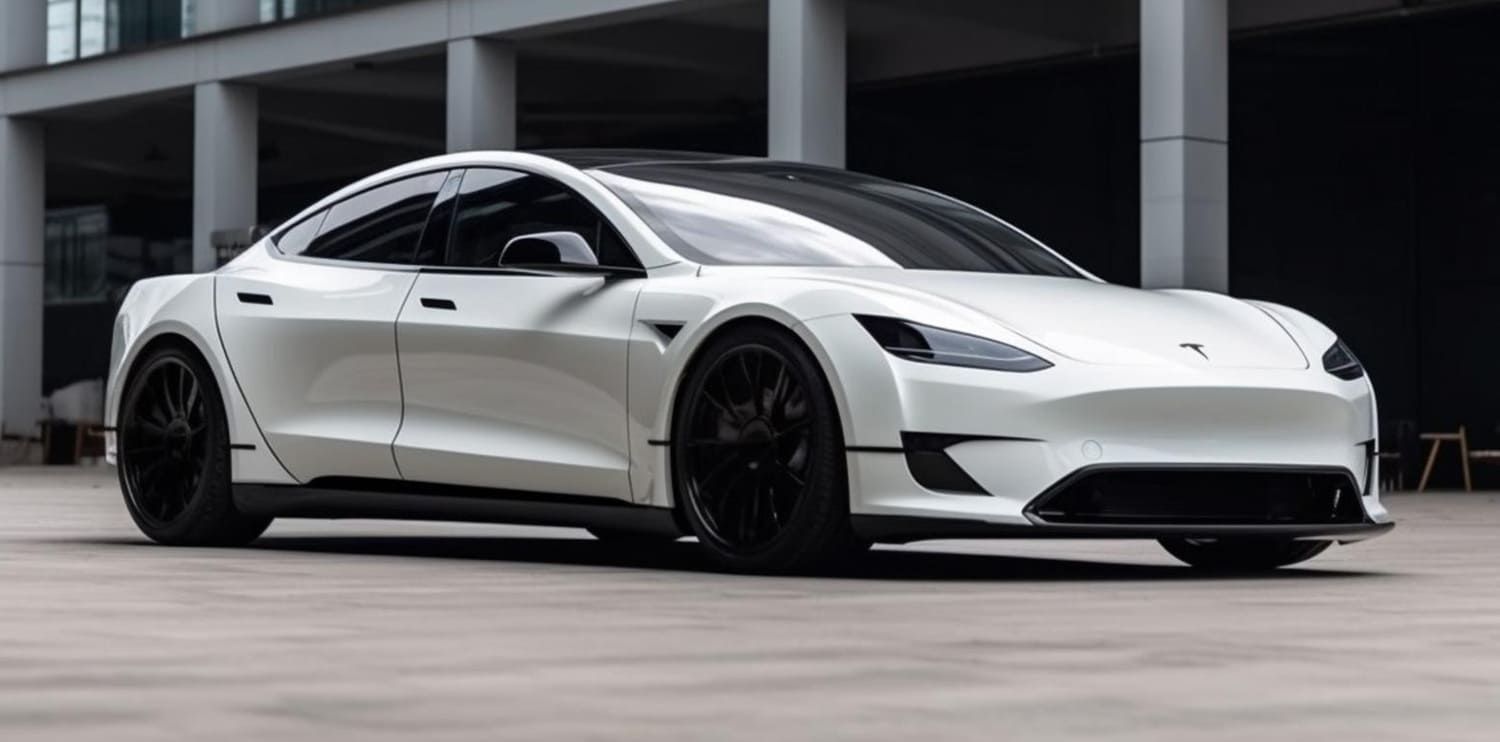
Understanding Window Tinting Laws
Window tinting laws are designed to ensure safety and visibility for both drivers and law enforcement officers. These laws dictate the permissible level of tint on different windows of your vehicle, which is crucial for maintaining a clear line of sight on the road. It's important to note that these regulations can vary significantly from one state to another, so it's essential to know the laws in your specific area. Ignorance of the law is not a defense, and non-compliance can lead to fines and other consequences.
Why Window Tinting Laws Matter
Window tinting laws are in place for several reasons, each rooted in safety and practicality:
- Safety: Tinted windows can significantly reduce visibility, making it harder for drivers to see pedestrians, other vehicles, or obstacles on the road. This is particularly important at night or in adverse weather conditions, where visibility is already compromised. Adequate visibility is essential for preventing accidents and ensuring the safety of everyone on the road.
- Law Enforcement: Police officers need to see inside vehicles for safety reasons during traffic stops. Excessively dark tints can pose a risk to their safety, as they cannot assess potential threats inside the vehicle. Ensuring that officers can see inside vehicles helps maintain a safer environment for everyone involved.
- Heat Reduction: While tinting can reduce heat inside the car by blocking out some of the sun's rays, overly dark tints can trap heat, leading to overheating in certain climates. This can put additional strain on your vehicle's air conditioning system and affect overall comfort during long drives.
- Glare Reduction: Tints can effectively reduce glare from the sun, improving visibility for drivers and reducing eye strain. However, there is a balance that needs to be maintained, as tints that are too dark can obstruct your view and create more problems than they solve.
Tesla Window Tinting Laws: State-Specific Guidelines
Car Window Tint Laws in Florida
Florida is known for its sunny weather, making window tinting a popular choice for many vehicle owners seeking relief from the heat and glare. However, Florida has specific regulations governing window tinting that are designed to balance these benefits with safety concerns:
- Windshield: Non-reflective tint is allowed above the manufacturer's AS-1 line. This line is typically found on the top part of the windshield, allowing some tinting for sun protection without compromising visibility. This regulation ensures that drivers can still see clearly while enjoying some protection from the harsh Florida sun.
- Front Side Windows: Must allow more than 28% of light in. This means that the tint should not block more than 72% of light, ensuring adequate visibility for the driver. This requirement is crucial for maintaining a clear view of the road and other vehicles.
- Back Side Windows: Must allow more than 15% of light in. This provides more flexibility for backseat passengers while maintaining some level of visibility. The darker tint permissible on rear windows offers additional privacy without sacrificing safety.
- Rear Window: Must allow more than 15% of light in, similar to the back side windows. Consistent regulations for rear and back side windows help ensure a uniform level of visibility throughout the vehicle.
General Window Tint Regulations
While we've focused on Florida, it's important to understand that each state has its own set of regulations that can vary widely. Here are some general guidelines to keep in mind when considering window tinting for your Tesla:
- VLT (Visible Light Transmission): This refers to the percentage of visible light that can pass through the window. The lower the VLT percentage, the darker the tint. Understanding VLT is crucial for ensuring your tint complies with local laws and provides the desired level of visibility and protection.
- Reflectivity: Some states also regulate how reflective the tint can be. Reflective tints can reduce glare but may not be allowed in all states. High reflectivity can be distracting to other drivers and may not be legal, so it's important to check your local regulations before choosing a reflective tint.
- Medical Exemptions: Certain states allow darker tints if you have a medical condition that requires it. However, you will likely need documentation to support this. It's essential to carry the necessary paperwork in your vehicle at all times to avoid potential fines or issues during traffic stops.
Choosing the Right Tint for Your Tesla
When deciding on window tinting for your Tesla, consider the following factors to ensure that your vehicle remains compliant and meets your needs:
- Legal Compliance: Ensure that your chosen tint complies with the state laws where your vehicle is registered. Research the specific regulations in your area to avoid potential fines and ensure your vehicle passes inspections.
- Purpose: Determine the primary reason for tinting. Are you looking to reduce heat, enhance privacy, or simply for aesthetic reasons? Understanding your goals will help you choose the right type and level of tint for your needs.
- Professional Installation: It's advisable to have your tints installed by a professional. They will be familiar with state laws and can ensure a clean and compliant installation. Professional installation can also help avoid issues such as bubbling or peeling, which can occur with DIY installations.
- Quality of Film: Invest in high-quality window film that offers UV protection, durability, and doesn't interfere with electronic signals (important for Teslas). High-quality films can provide better protection and last longer, ultimately offering better value for your investment.

Consequences of Non-Compliance
Failing to comply with window tinting laws can result in several consequences that can impact your finances and vehicle ownership experience:
- Fines: You may be subject to fines if your tints exceed the legal limits. These fines can vary depending on the severity of the infraction and the state in which you are fined.
- Inspection Failures: Your vehicle may not pass inspection if the window tints are not compliant. This can prevent you from legally driving your vehicle until the issue is corrected.
- Increased Insurance Premiums: Non-compliance might affect your insurance, leading to higher premiums or even policy cancellation. Insurance companies may view non-compliance as a risk factor, which can affect your coverage and costs.
- Safety Risks: Excessive tinting can compromise your safety and that of others on the road. Reduced visibility can increase the likelihood of accidents, putting you and other drivers at risk.
Tips for Staying Compliant
Staying compliant with window tinting laws requires ongoing diligence and a proactive approach:
- Regular Checks: Periodically check your window tints to ensure they remain within legal limits, especially if you move to a different state. Tinting can degrade over time, potentially altering its compliance with local laws.
- Stay Informed: Laws can change, so stay updated on any changes to window tinting regulations in your area. Joining local car enthusiast groups or forums can be a good way to keep informed about legislative changes.
- Consult Professionals: When in doubt, consult a professional window tinting service to ensure compliance with local laws. Professionals can provide advice tailored to your specific needs and help you choose the right tint for your vehicle.
Conclusion
Window tinting can be a great way to enhance the look and functionality of your Tesla, but it's essential to stay informed about the legal requirements. At Sunstopper Window Tinting, your premier and trusted LLumar FormulaOne window tint dealer serving Melbourne, FL, we specialize in helping Tesla owners choose high-performance tints that comply with Florida laws and deliver superior comfort and protection.
Understanding car window tint laws in Florida, along with general regulations, ensures you avoid penalties while maximizing the benefits of your investment. With the right tint and professional installation, you can enjoy increased privacy, reduced heat, and a sleek aesthetic—without compromising legality or safety.
Contact Sunstopper Window Tinting today for your free estimate and expert guidance on Tesla-compliant window tint solutions.
Remember, when it comes to window tinting, balance is key. Make sure your tint enhances your driving experience while staying safe and fully compliant with state regulations. Let us help you enjoy a stylish, comfortable, and legally approved ride.


